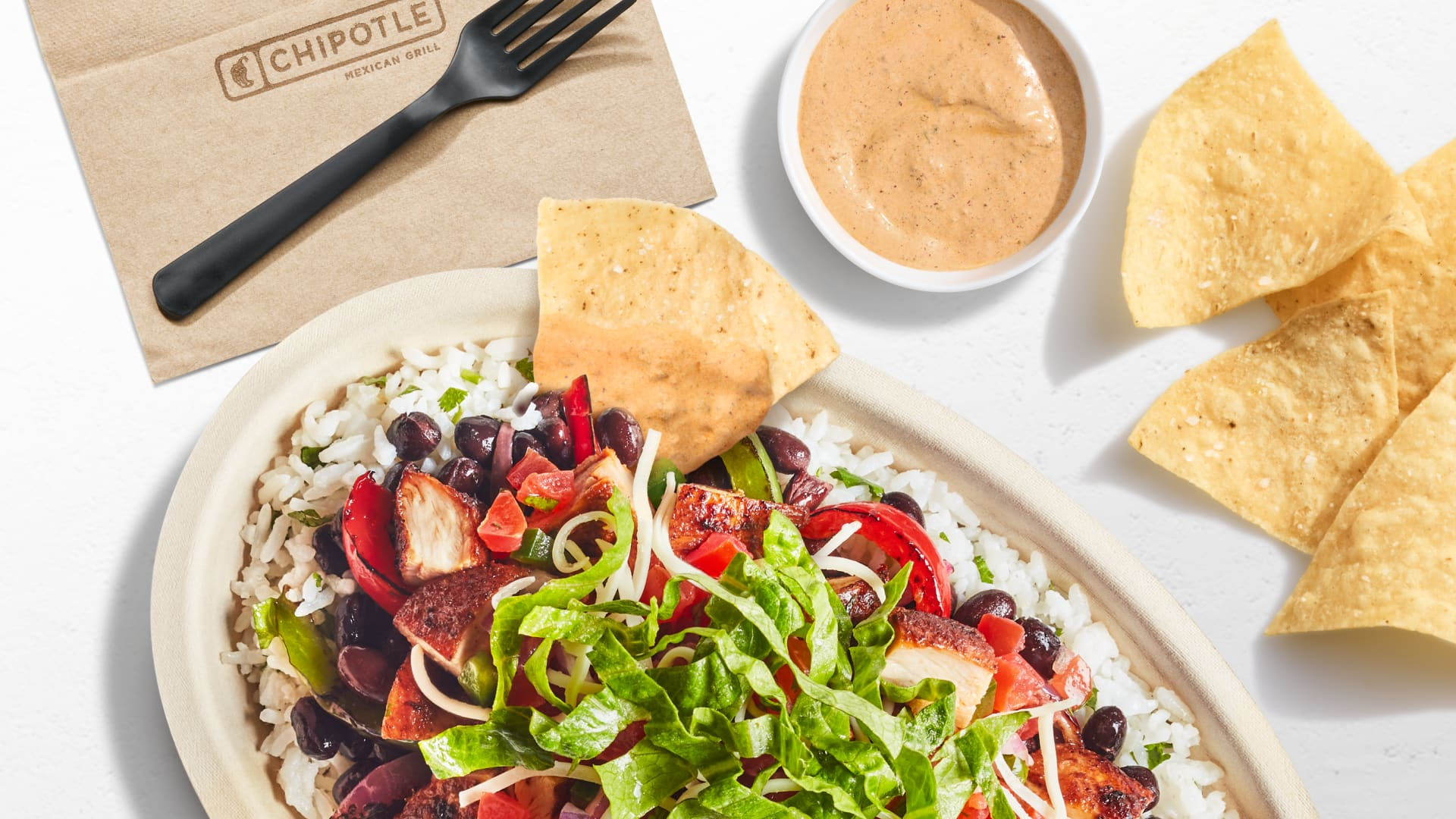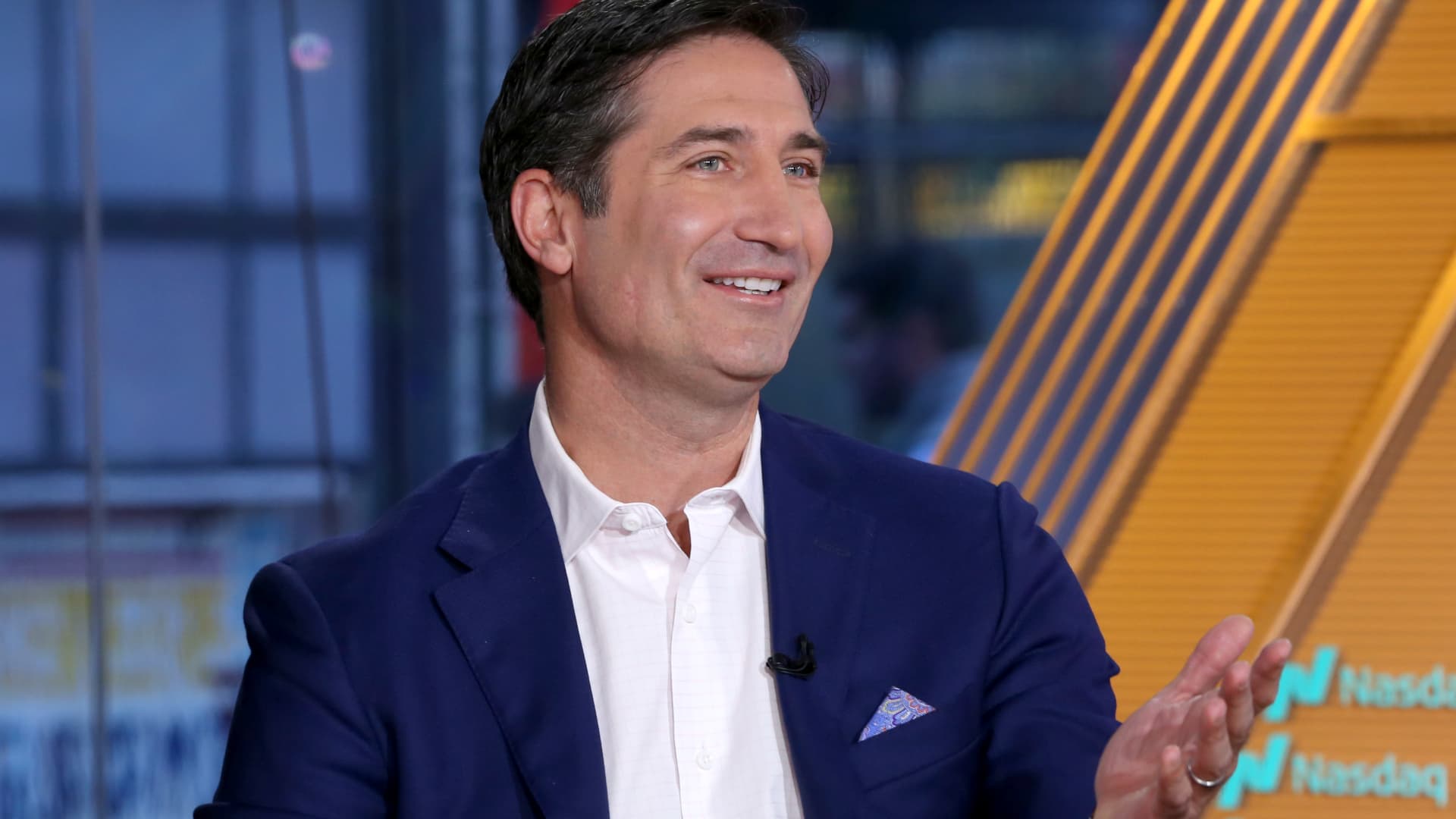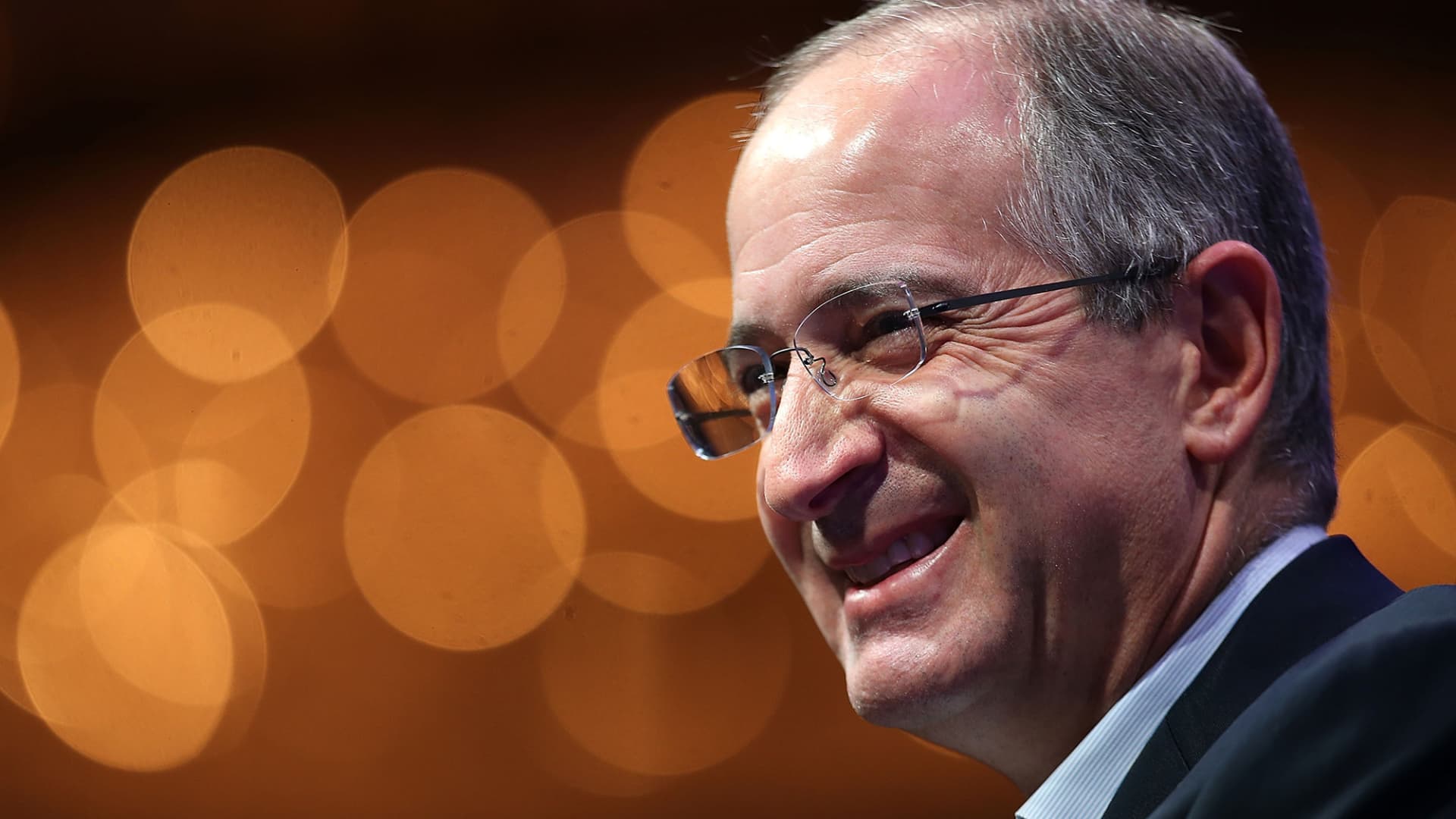New Adobo de Chipotle Mexican Grill Ranch sauce
Source: Chipotle Mexican Grill
Restaurant brands expect new menu elements to be visits among younger customers. Hot, in this case, it is literal.
Spicy articles such as chicken sandwiches, seasoned sides and The sauces arise more frequently in the menus in the main fast and fast service chains. The idea is to introduce easy and bustling options that can capture the attention of the diners of gene z and gene alpha, even if it is just a flash in the pan.
One of those companies was ChipotleThat in June presented Adobo Ranch, his first new fall in five years, as a limited time offer.
“From a perspective of operations, the sauce is much easier to make another last or other protein. And you get many of the same benefits,” Chris Brandt, president and brand director of Chipotle, told CNBC.
The raffle towards Spice is another way in which restaurants are responding to the slowest expense of consumers while trying to keep costs under control. A KPMG Consumer Press survey found that US consumers plan to spend 7% less per month in restaurants this summer.
“There has been a setback, especially low -income consumers,” said Gregory Frankfurt, main restaurants of Guggenheim Securities. “Spice is a low cost and high performance form to compromise them.”
“Restaurants are really trying to be aggressive with their marketing calendars and launch new products now,” Frankfurt said.
From March to June, US restaurants chains collectively launched 76 new spicy menu elements, which represent approximately 5% of the new elements of the menu, according to the DataSential Market Research firm. That includes permanent additions and limited time offers and is approximately in line with the additions of historical menu elements in the category in recent years.
About 95% of restaurants now offer at least one spicy element in their menu, according to DataSential.
Although the concept of spices in the menus is not new, it seems to be burning the fire with the gene generation and the Alpha generation, those approximately under 30 years. His preference for bold and spicy flavors is inspiring more restaurants to increase heat.
Up to 50% of the cons consumers eat at least one spicy meal a week, according to data from the Soda Sprite brand, which has been playing its spicy flavor profile.
“Younger generations (Gen z, for example) are feeding the spicy trend, yearning for bold, more adventurous flavors,” Wendy's The spokesman said in a statement to CNBC.
“They are not looking for soft or predictable,” he said Digging Director of concept and co -founder, Ted Xenohristos. “They want strong flavors.”
In April, Cava launched Hot Hot Hot Hot Pita to meet the growing demand. The chain also offers the Harissa Aguacate Bowl, Hot Harissa Vinarette and Harissa Honey Chickn.
In May, Taco Bell He launched Mike's Hot honey and honey sauce, a collaboration between Mike's hot honey and the Taco chain's devil sauce. It followed a February launch of the Hot Menu Cantina Chicken, building the favorite fans chicken.
In June, Wendy's launched Takis Fuego food, a collaboration with the spicy rolling tortilla sandwich, which includes the spicy chicken sandwich of the chain and french fries with Takis flavor.
There is a challenge in the introduction of spicy elements: gene z and gene alpha tend to move from trends quickly. That makes it more difficult for restaurants to trust a popular article for a long time.
Recent inflammation points such as Sweet and Spicy and Nashville Hot are already seeing a fall of interest between generation Z, According to DataSential. On the other hand, the new flavor profiles with global ties are seeing a stronger commitment among younger consumers, the company found.
Social feeding the fire
The spicy menu elements have gained traction mainly through social networks. Platforms like Tiktok and Instagram They have become key discovery tools for gene z and gene alpha.
Restaurants are using these platforms to promote limited time offers and influence content, including taste tests and reaction videos. Short content can create urgency and foster trial.
“Spicy food works constantly,” Tommy Winkler told CNBC, an influential food from Tiktok, CNBC. “It is essentially the new billboard. It is a good possibility that someone ends up ordering it.”
Wendy's Takis Fuego food
Courtesy: Wendy's
In June, the word “spicy” was mentioned more than 40,000 times online, according to DataSential. The data showed picos in those mentions at the time new spicy elements began.
In July, Coca-colaThe owner sprite launched a campaign called “Hurts Real Good” to take advantage of the spicy food movement. The brand is positioning the soda as a pairing for spicy food and is associated with McDonald'sTakis and Buldak fried noodles. The campaign includes a Tiktok filter and other activations of social networks.
Oana Vlad, Sprite's global vice president, highlighted other striking events such as Mukbangs: live host broadcasts that eat large amounts of food, or spicy noodles challenges to help bring spicy food to online culture.
“In Sprite, we always try to inspire us in consumption lives and then deliver some value for a behavior that already exists,” Vlad told CNBC.
At the end of April, the Lemon-Lime drink was classified as the third most popular carbonated soda by shared volume, according to Bevenge Digest.
McDonald's Fountain Sprite went viral a few years ago when social networks users published videos calling “sharp” taste and filming their reactions to try it.
“A large part of generation Z tries its first sprite in McDonald's,” Vlad said. “You can see fans who describe Sprite in McDonald's as a flash of rays or electric.”
The diversity of younger generations is also helping to direct them towards flavors with depth, texture and regional identity.
Chili Crisp, used in traditional Chinese cuisine; Nam Phrik, originally from Thailand; and Piri Piri, commonly associated with Portuguese and African kitchens, are increasingly presented in American menus, according to DataSential.
“As the population becomes more different than young Bank of AmericaHe told CNBC.










